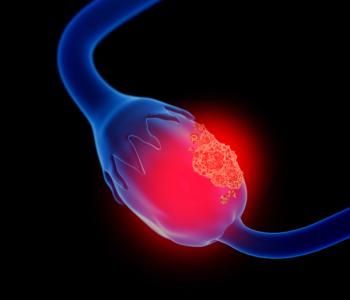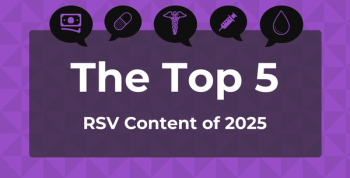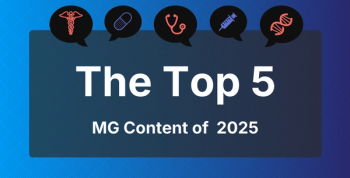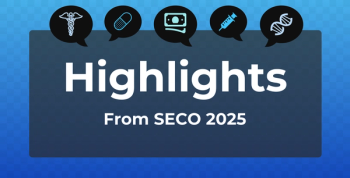
5 Things to Know About New Directions in Mental Health Care
This month, mental health professionals from across the country gathered in New York, New York, for a pair of conferences that addressed advances in treating mental health disorders. Below are 5 key takeaways from the meetings on new directions in the field.
This month, mental health professionals from across the country gathered in New York, New York, for a pair of conferences that addressed advances in treating mental health disorders. Below are 5 key takeaways from the meetings on new directions in mental health care.
1. Depression might be fundamentally different in men and women
At the opening plenary of the 73rd Annual Scientific Convention of the Society of Biological Psychiatry (SOBP) meeting in New York City, Eric J. Nestler, MD, PhD,
Nestler, the Nash Family Professor of Neuroscience and director of the Friedman Brain Institute, explained that, in examining tissue from 2 brain banks, researchers have found more genetic abnormalities in the brains of males with depression than in the brains of females with the same diagnosis, and there was only a 5% to 10% concordance in gene overlap in these samples. This research, he suggested, may make a compelling case for sex-specific targeted therapies for depression.
2. A new treatment for depression shows reduced abuse potential
Not all patients have an adequate response to existing pharmacological treatments for major depressive disorder, and concerns linger about the abuse potential of some agents. At the SOBP meeting, researchers presented
ALKS 5461, an investigational drug therapy, combines buprenorphine with samidorphan, a µ-opioid receptor antagonist. In a study of nondependent, opioid-experienced volunteers, the incidence of euphoria-related adverse events was as low for the study drug as it was for placebo, and there was no evidence of dependence or withdrawal from the drug.
Separate
3. Mental health care must target primary prevention
Benjamin G. Druss, MD, of the Rollins School of Public Health at Emory University, explained during a session of the APA meeting, explained that mental healthcare, which currently focuses on preventing disability or bad outcomes once a patient already has a mental health disorder, needs to shift its focus to primary prevention work that applies to whole populations. Targets for action include social factors and how social determinants of health lead to other problems. It requires going “way upstream,” he
4. Telepsychiatry fills in gaps in psychiatric care in underserved areas
Also at the APA meeting, representatives of Project Extension for Community Healthcare Outcomes (ECHO), a program that delivers psychiatric care to underserved patients in the United States and Canada,
The ECHO program uses a model in which a 2-hour clinic is held every week, and primary care physicians dial in to consult with psychiatric specialists. The clinic includes a discussion on best practices and a more detailed look at anonymized cases. Finally, the specialists provide recommendations for implementation that primary care physicians can use in practice.
5. Digital innovations demonstrate positive outcomes in treating common mental health issues
Finally, at the APA meeting, Kathryn M. Salisbury PhD, executive vice president of the Mental Health Association of New York City,
Newsletter
Stay ahead of policy, cost, and value—subscribe to AJMC for expert insights at the intersection of clinical care and health economics.







































